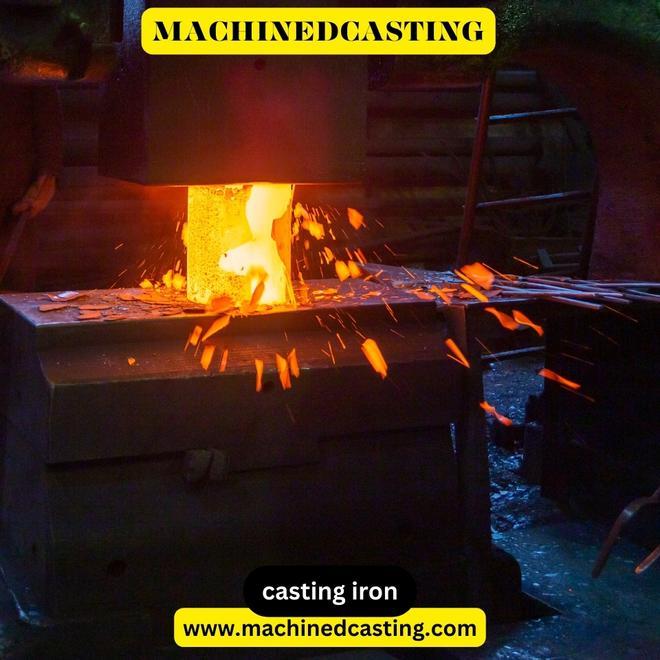Casting iron is a time-honored process that involves melting iron and pouring it into a mold to create various shapes and objects. From cookware to industrial components, casting iron offers durability and strength. Below is a comprehensive guide to mastering the art of casting iron.
Materials and Equipment:
- Iron: Use high-quality iron with a melting point around 2,800°F (1,538°C).
- Furnace: A furnace capable of reaching high temperatures is essential for melting the iron. Induction furnaces or cupola furnaces are commonly used.
- Mold: Choose a mold material suitable for casting iron, such as green sand, plaster, or ceramic.
- Crucible: A heat-resistant container to hold and transport molten iron.
- Tools: Tongs, ladles, and safety gear like heat-resistant gloves and goggles.
Preparation:
- Design the Mold: Create or procure a mold that matches the desired shape of the iron object. Ensure the mold material can withstand the high temperatures.
- Prepare the Furnace: Clean the furnace and ensure it's in good working condition. Load it with the necessary fuel, whether coke, charcoal, or gas, and ignite it to reach the required temperature for melting iron.
- Safety Measures: Iron casting involves working with extremely high temperatures. Prioritize safety by wearing appropriate protective gear and working in a well-ventilated area.
Casting Process:
- Melting the Iron: Place the iron in the crucible and heat it in the furnace until it reaches its molten state. Ensure the iron is thoroughly melted to prevent casting defects.
- Preparing the Mold: Coat the mold cavity with a releasing agent to prevent the iron from sticking. Close the mold securely.
- Pouring the Iron: With caution and using tongs or a ladle, carefully pour the molten iron into the prepared mold. Take care to avoid splashing or spillage.
- Cooling and Solidification: Allow the molten iron to cool and solidify within the mold. The cooling duration may vary depending on the size and thickness of the cast.
- Removing the Casting: Once the iron has completely cooled, carefully remove the casting from the mold. Clean any excess material or imperfections.
Post-Casting:
- Finishing: Trim off excess material, smooth rough edges, and perform any necessary machining or finishing processes.
- Quality Check: Inspect the casting for defects or irregularities. Perform non-destructive testing, if needed, to ensure structural integrity.
Mastering the craft of casting iron requires patience, precision, and attention to detail. With practice and adherence to safety protocols, this ancient technique can yield robust and versatile iron objects for various applications.


